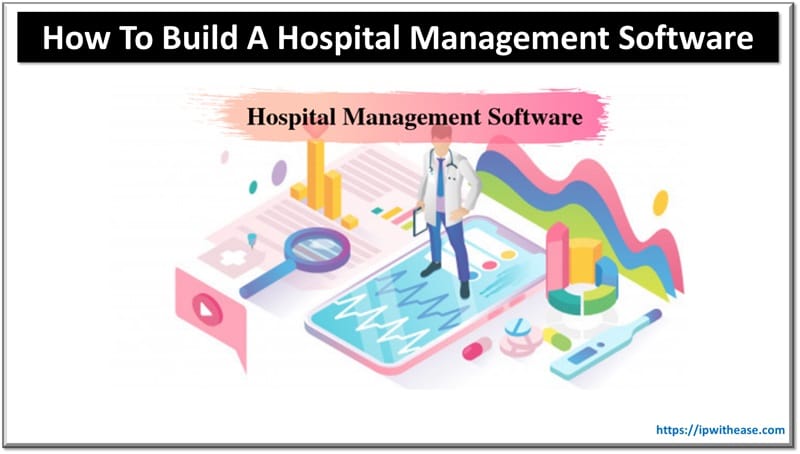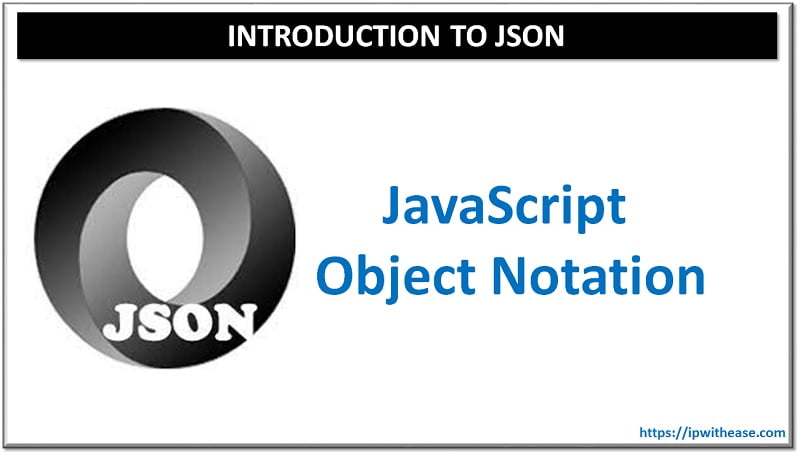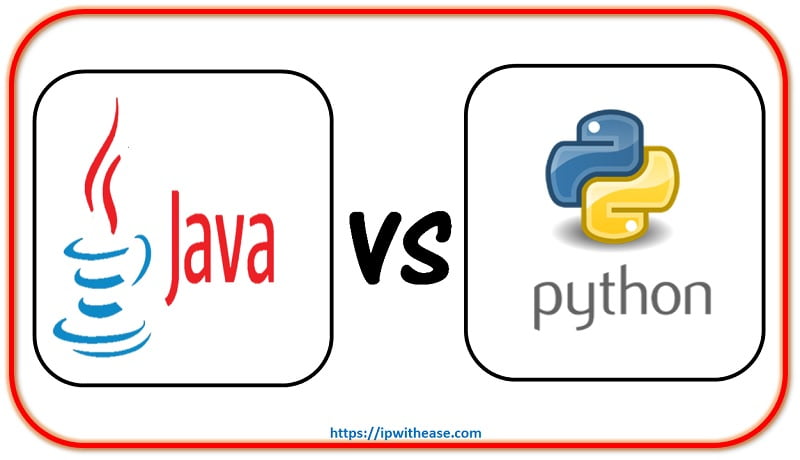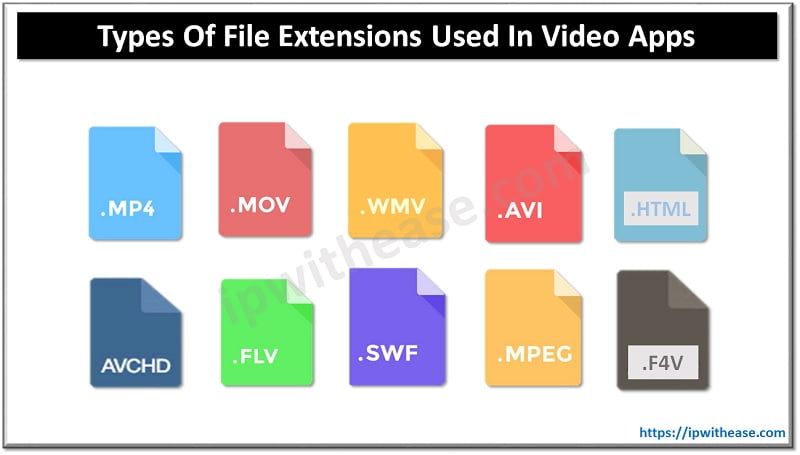Table of Contents
Effective hospital management hinges on two pillars: skilled personnel and robust organizational tools. Modern healthcare institutions face intricate operational challenges that cannot be addressed without a well-designed hospital management system (HMS). This article outlines the essential features, development stages, and strategic advantages of such systems, drawing insights from a real-world project.

What is a Hospital Management System?
A hospital management system integrates data from various departments within a healthcare institution to streamline daily operations. These systems, either cloud-based or standalone, automate routine tasks, enhance staff communication, and improve patient care while supporting resource and human resource management.
If you’re wondering how to build a hospital management software, it requires a structured approach to meet the growing demand for such innovative solutions. The healthcare management solutions market is projected to exceed $50 billion by 2025, underscoring the growing demand for innovative HMS solutions.
Such systems address several critical needs:
- Automating repetitive tasks
- Enhancing staff collaboration
- Improving communication with patients
- Managing human and material resources
- Emphasizing patient-centered care
Types of Hospital Management Software
Hospital management systems vary based on functionality, with specific modules catering to different institutional needs. Common module types include:
1. Electronic Health Record (EHR) Software
EHR systems store and manage patient data, track medications, and streamline healthcare processes, ensuring improved patient outcomes.
2. Medical Database Software
This software enables the organization of diagnostic data, helping healthcare professionals analyze trends and understand pathologies in depth.
3. Medical Research Software
Designed to enhance clinical expertise, this software aids medical professionals in diagnosing rare conditions and advancing research efforts.
4. Medical Diagnosis Software
Utilizing AI algorithms, diagnosis software aggregates patient data to provide more accurate and faster medical evaluations.
5. Telemedicine Software
Telemedicine platforms support virtual consultations, e-prescriptions, and billing processes, offering flexibility for both patients and healthcare providers.
6. Administrative and Clinical Systems
These systems handle patient data, generate reports, and offer insights into disease trends and attendance statistics.
7. Operational and Tactical Systems
By classifying and analyzing medical data, these systems ensure efficient information management and address inconsistencies.
8. Task-Based Systems
Task prioritization and automation are central to these systems, which streamline hospital admissions, discharges, and surgical transfers.
9. Subject-Based Systems
These systems store comprehensive patient histories digitally, eliminating redundancy and ensuring data accuracy.
10. Financial Systems
Designed to manage hospital budgets, financial systems monitor expenditures and optimize resource allocation.
Related: What is Data Loss Prevention (DLP)? Techniques & Best Practices
How to Build a Hospital Management System
Developing an effective HMS requires a structured approach. The process involves:
1. Understanding Requirements
Conduct a thorough analysis of the institution’s needs, identifying key features and modules to include.
2. Designing the System
Create a user-friendly interface and ensure seamless integration with existing workflows.
3. Development and Testing
Build the system, incorporating advanced technologies such as AI for diagnostics and data security protocols. Rigorous testing ensures functionality and reliability.
4. Deployment and Training
Deploy the software in phases, providing staff with the necessary training to maximize its utility.
5. Maintenance and Updates
Continuous support and periodic updates ensure the system remains efficient and adaptable to evolving needs.
Benefits of a Hospital Management System
A well-implemented HMS offers numerous advantages, including:
- Improved efficiency in administrative and clinical workflows
- Enhanced patient experience through streamlined services
- Data-driven decision-making with robust analytics
- Cost savings via resource optimization and waste reduction
Building a Hospital Management System: A Comprehensive Guide
Creating an effective hospital management system (HMS) is a multi-step process requiring precision, planning, and technical expertise. Below is a structured approach to developing a robust and scalable solution tailored to healthcare needs.
Step 1: Define the Product Idea and Goals
Every successful project begins with a clear idea and purpose. Define what your HMS will achieve by detailing its components and functionalities. Establish specific goals, such as improving operational efficiency, enhancing patient care, or streamlining administrative processes. Answering foundational questions about the system’s purpose and expected outcomes will provide clarity for the entire development journey.
Step 2: Document Software Requirements
Prepare a comprehensive software requirements specification (SRS) document. This blueprint will guide the development team and ensure everyone aligns with the project objectives. The document should include:
- A full project overview
- Key goals and needs
- Target audience details
- Functional and non-functional requirements
- Aesthetic considerations
- A list of desired features
- Recommendations and constraints
Step 3: Assemble the Development Team
Find a skilled hospital management software development team. Research potential vendors by reviewing portfolios, client feedback, and their expertise in similar projects. The ideal team will have a proven track record in healthcare software and the resources to deliver a high-quality solution.
Step 4: Conduct Product Discovery and Business Analysis
Perform market research and competitive analysis to identify gaps your product can address. Understand user needs, validate your concept’s feasibility, and determine its commercial viability. This step will guide the design and development phases, ensuring your HMS aligns with market demands and provides measurable value.
Step 5: Design User Experience (UX)
Crafting a user-centric design is essential for an intuitive and effective HMS. Follow these steps to create a successful UX:
- User Research: Gather qualitative and quantitative insights about the end-users’ needs and goals.
- Scenario Mapping: Define user journeys and potential barriers.
- Ideation: Brainstorm solutions and create visual storyboards.
- Prototyping: Develop mock-ups to simulate user interaction.
- Testing: Identify and address usability issues through iterative testing with real users.
- Refinement: Repeat the process to achieve optimal user satisfaction.
Step 6: Develop User Interface (UI)
A compelling UI enhances the overall user experience by ensuring visual appeal and ease of use. Essential UI components include:
- Buttons and sliders
- Search bars and text fields
- Tags and icons
- Checkboxes and dropdowns
Step 7: Full-Cycle Software Development
Move into the core development phase, focusing on front-end and back-end functionalities. This phase includes:
- Technology Stack Selection: Choose suitable technologies and create technical documentation.
- Software Architecture Planning: Design the system using either a monolithic or microservices approach.
- Sprint Planning: Prioritize and schedule feature development.
- Testing Infrastructure Setup: Use DevOps tools to establish a cloud environment for continuous testing.
- Client and Server Development: Build user interfaces, APIs, and server-side functionalities.
- Quality Assurance: Conduct rigorous regression testing to identify and resolve bugs.
- Production Setup: Configure the system for deployment with scalable infrastructure.
Step 8: Release and Support
Launch the HMS and gather user feedback for ongoing improvements. Conduct surveys and interviews to identify areas needing enhancement. Continuous iteration ensures the software remains competitive and responsive to user needs.
Related: HIPAA Compliance & IT Infrastructure
Key Components of a Hospital Management System
A comprehensive HMS should include the following modules:
- Doctors: Detailed profiles with contact information, specializations, schedules, and responsibilities.
- Staff: Employee data, including shifts, roles, and areas of responsibility.
- Patients: Records of medical histories, diagnoses, treatments, and admission details.
- Laboratory Results: Centralized storage for test results linked to patient profiles.
- Supplies: Inventory management for medicines and essential supplies, tracking expiration dates and usage.
- Billing and Finance: Tools for managing payments, invoices, and salaries.
- Insurance: A database for policies, coverage details, and validity periods.
- Statistical Reports: Analytics for performance metrics, such as surgery success rates and attendance trends.
Insights from Real-World Projects
Our team recently developed a scalable hospital management solution for CareSYNC, a platform designed to streamline clinical workflows. Key achievements included:
- Comprehensive Integration: A single system to handle patient registration, doctor workloads, and efficient care delivery.
- Robust Data Security: Compliance with HIPAA standards using SSL encryption, secure storage, and multi-factor authentication.
- Scalability: An architecture designed to accommodate future growth and integration with additional systems.
The final product exceeded expectations, enhancing operational efficiency while ensuring compliance and security.
ABOUT THE AUTHOR
IPwithease is aimed at sharing knowledge across varied domains like Network, Security, Virtualization, Software, Wireless, etc.



